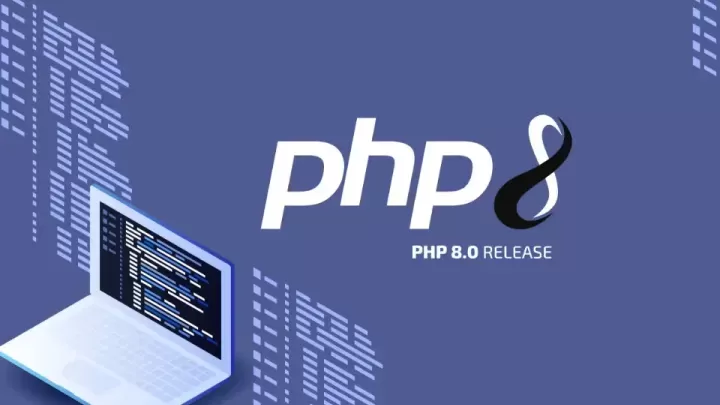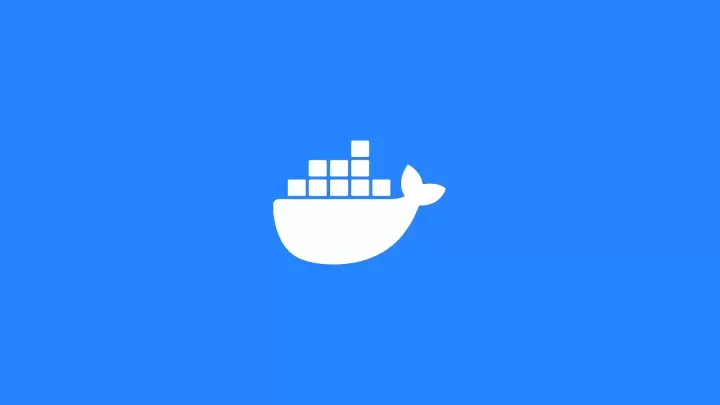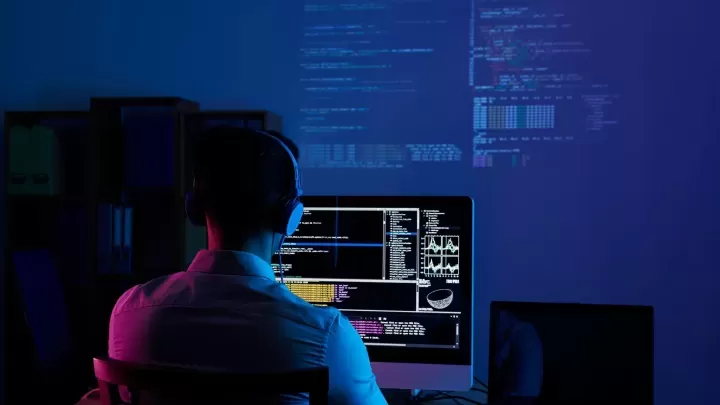
Pair Programming: Collaborative Code Creation
Among the many collaborative practices, pair programming emerges as a powerful approach that goes beyond just sharing ideas – it involves sharing the keyboard. In this article, we'll explore the concept of pair programming, its benefits, challenges, and why it's considered a game-changer in modern software development.
Understanding Pair Programming
Pair programming is a practice in which two developers work together at the same computer, collaborating on code design, implementation, and problem-solving in real time. It's a form of continuous code review that aims to produce higher-quality code by leveraging the skills, insights, and experiences of both programmers.
Benefits of Pair Programming
-
Enhanced Code Quality: With two sets of eyes on the code, the chances of bugs, logic errors, and overlooked edge cases decrease significantly. This results in cleaner, more robust code.
-
Knowledge Sharing: Pair programming fosters knowledge transfer. Junior developers learn from experienced ones, while seniors gain fresh perspectives from juniors. This flattens the learning curve and boosts team cohesion.
-
Immediate Feedback: Immediate feedback during the coding process helps catch errors and misconceptions early, reducing the time and effort required for debugging later on.
-
Design Collaboration: Pair programming encourages discussions about design choices and architectural decisions, leading to more thoughtful and well-structured solutions.
-
Reduced Bus Factor: The bus factor refers to the risk of a project stalling if a team member is suddenly unavailable. Pair programming helps distribute knowledge, lowering the bus factor.
Challenges and Mitigation
-
Communication Styles: Pairing requires effective communication. It's crucial to establish a balance between listening and articulating ideas to ensure a productive pairing session.
-
Personal Dynamics: Pairing can reveal differences in work styles and approaches. Open communication and willingness to compromise are key to overcoming these challenges.
-
Fatigue: Prolonged pairing sessions can lead to fatigue. Teams should establish time limits and breaks to maintain productivity and well-being.
Variations of Pair Programming
-
Driver-Navigator Pairing: One person is the "driver" actively writing code, while the other is the "navigator" reviewing and guiding the process.
-
Ping-Pong Pairing: Developers take turns writing code and writing tests. This promotes test-driven development and ensures comprehensive test coverage.
-
Remote Pair Programming: With the rise of remote work, tools, and technologies facilitate pair programming even when team members are geographically separated.
Cultural Impact
Pair programming extends beyond code. It nurtures collaboration, transparency, and mutual respect within a team. It creates an environment where ideas flow freely and individual growth is fostered.
Pair programming stands as a testament to the power of collaboration in software development. By combining the strengths of two minds, teams produce higher-quality code, bolstered by discussions, shared learning, and immediate feedback. While it requires effective communication and an adaptable mindset, the benefits – from improved code quality to accelerated knowledge transfer – are well worth the investment. As software development continues to evolve, pair programming remains a timeless practice that embodies the essence of teamwork and innovation.





